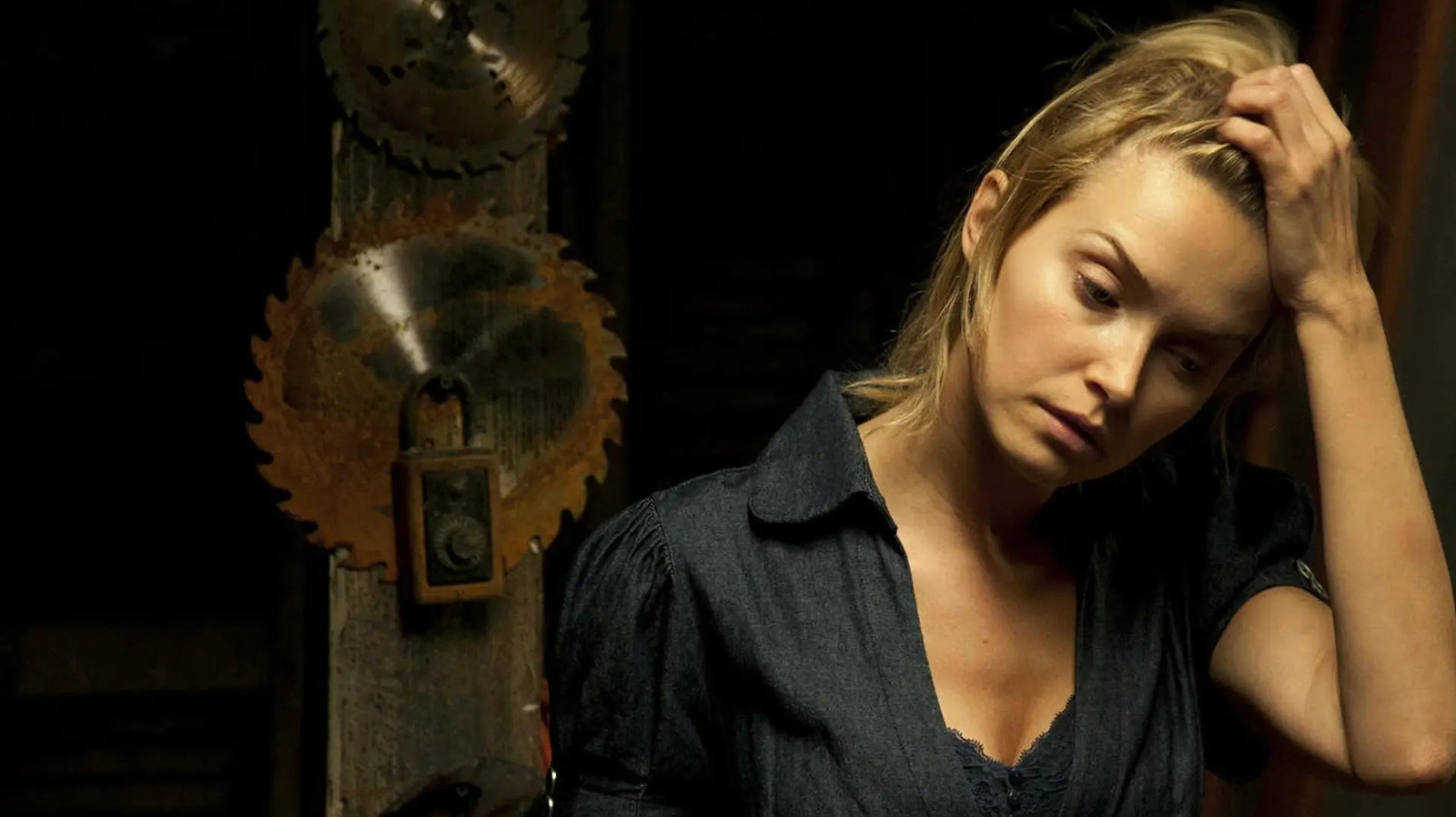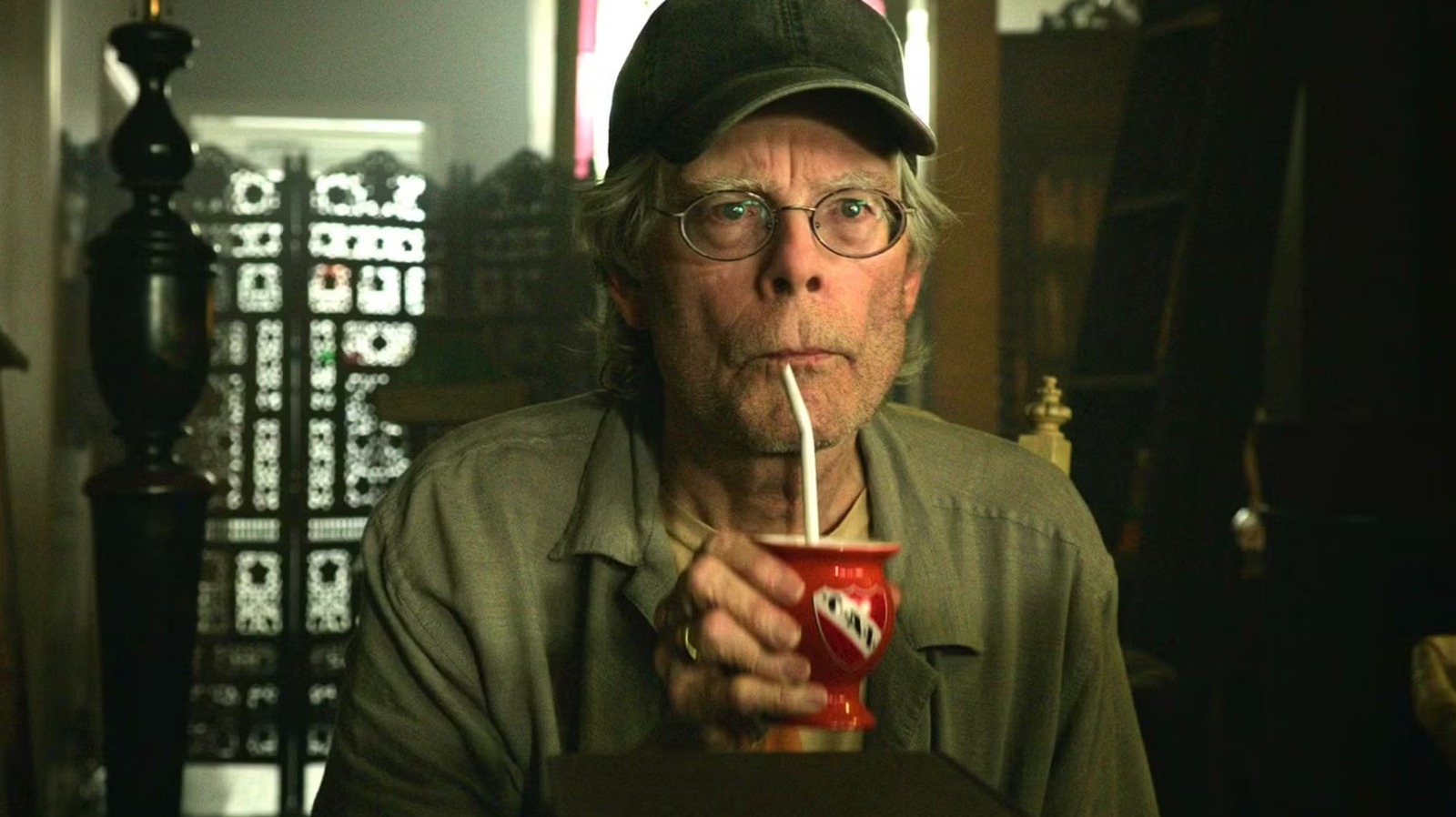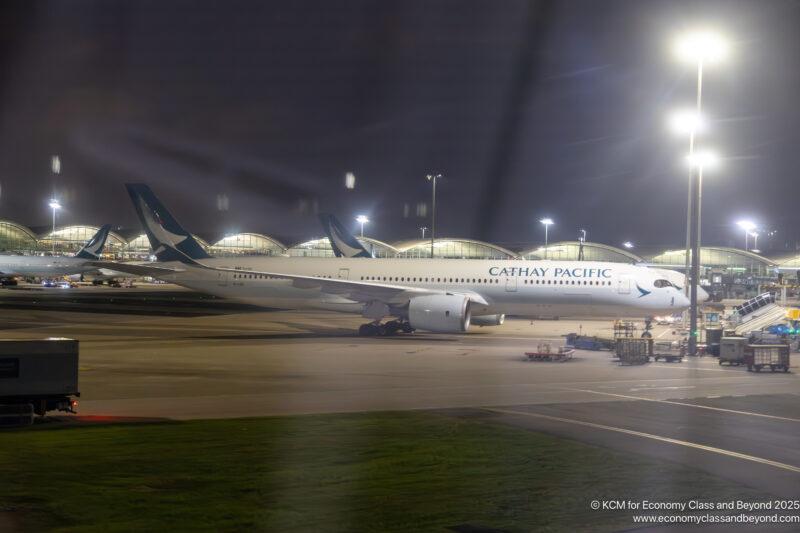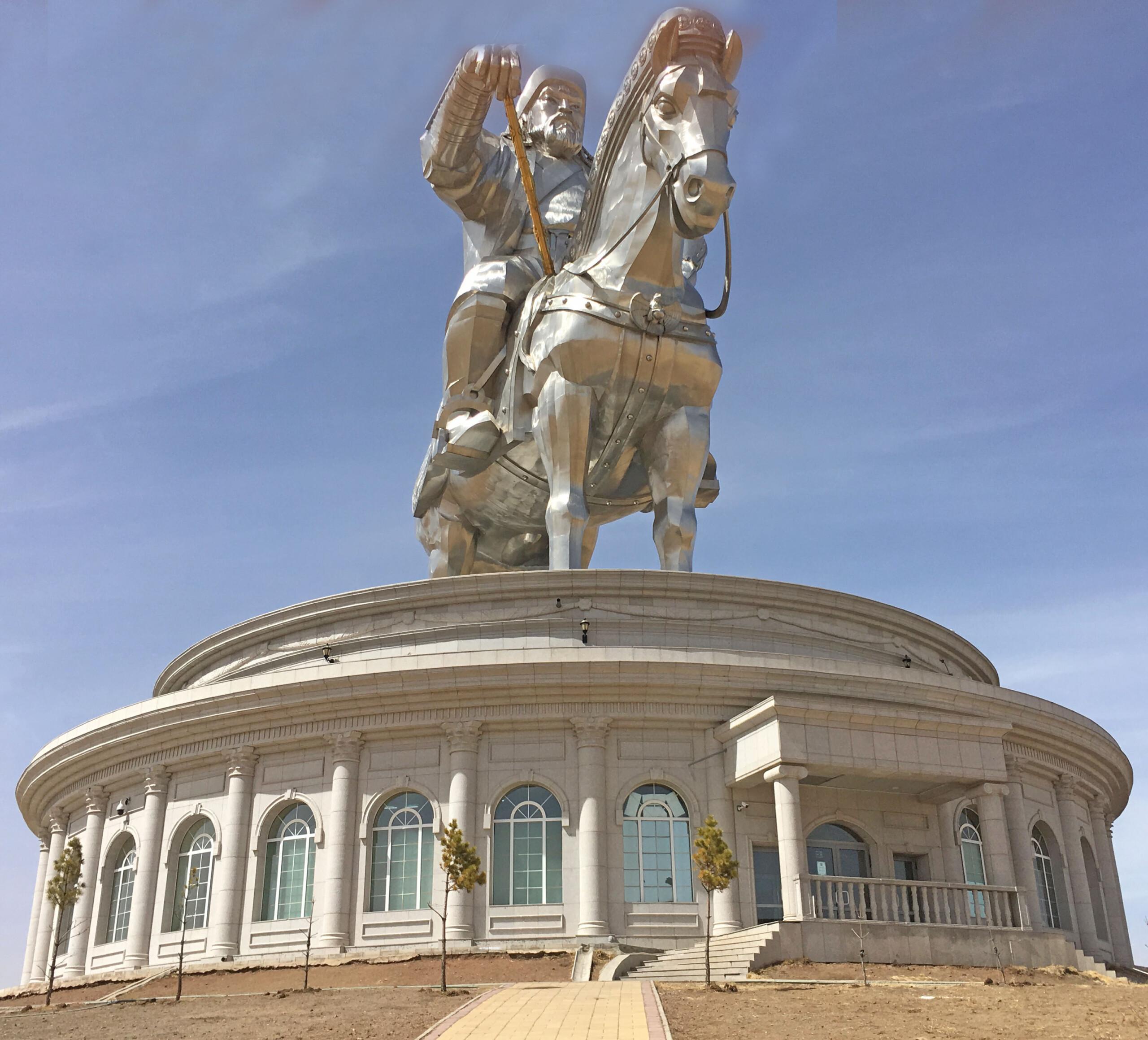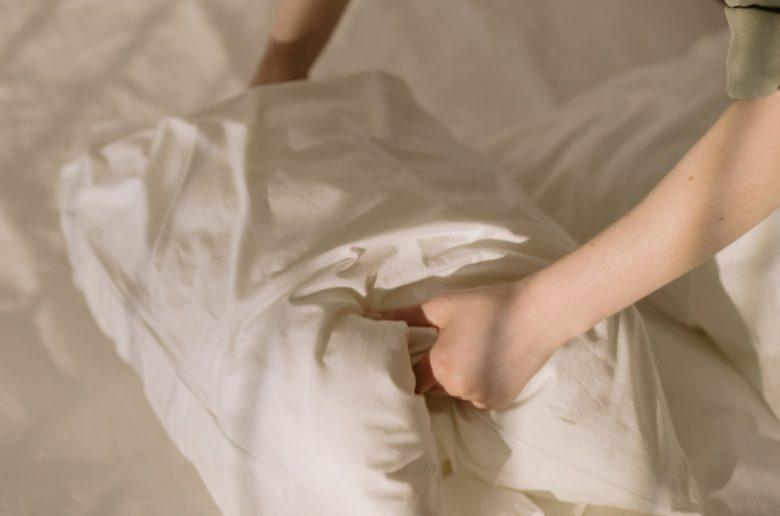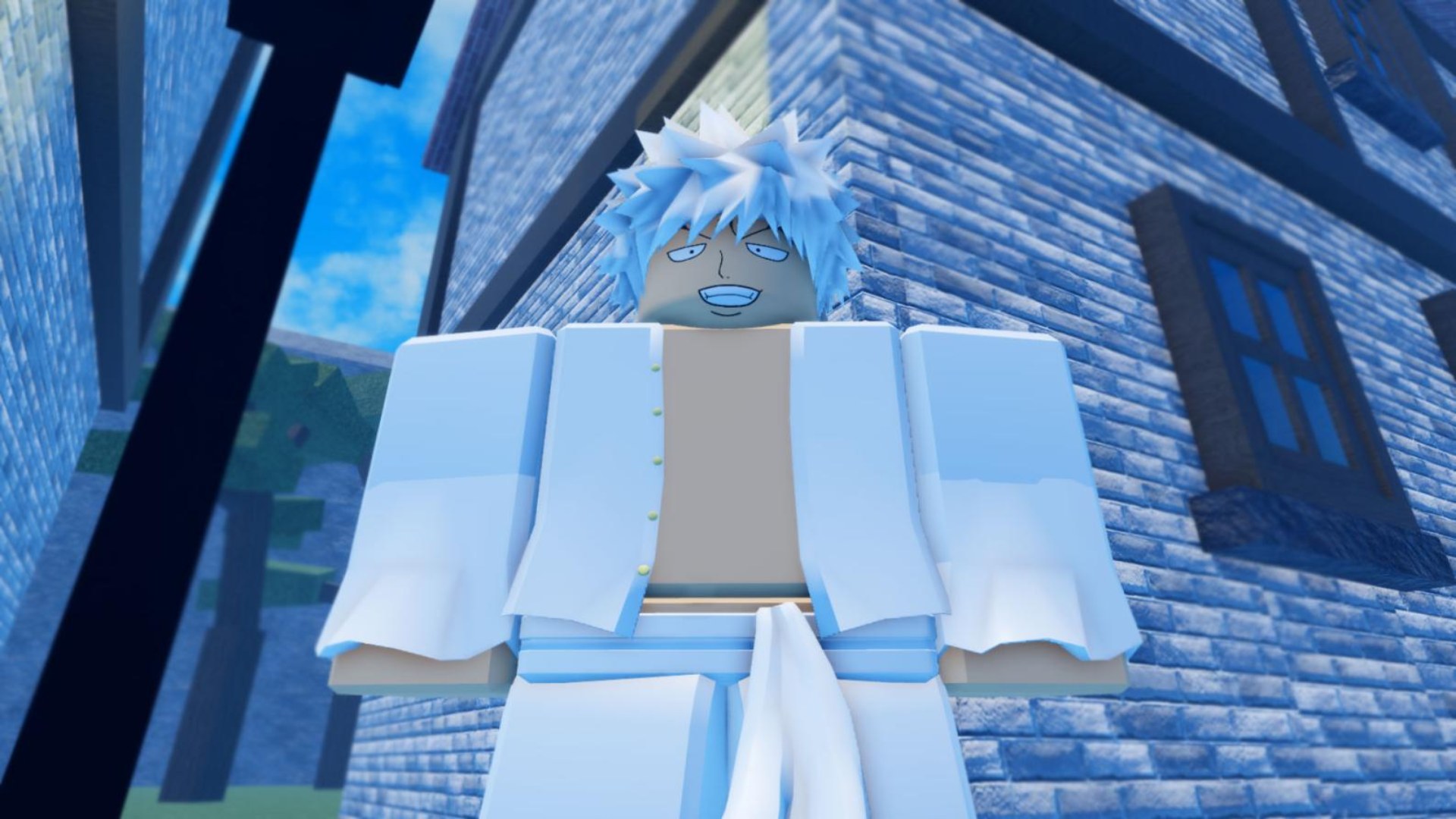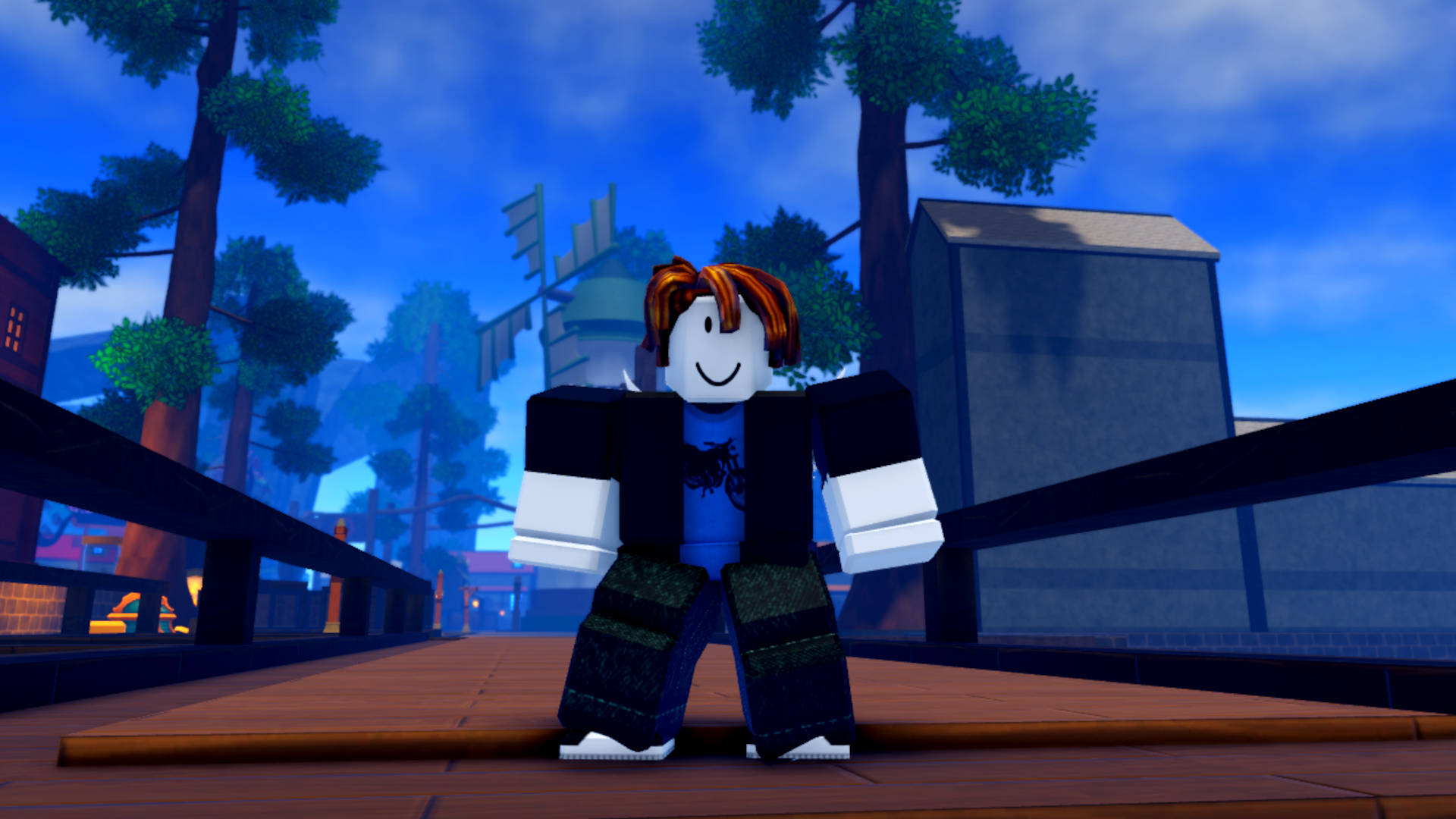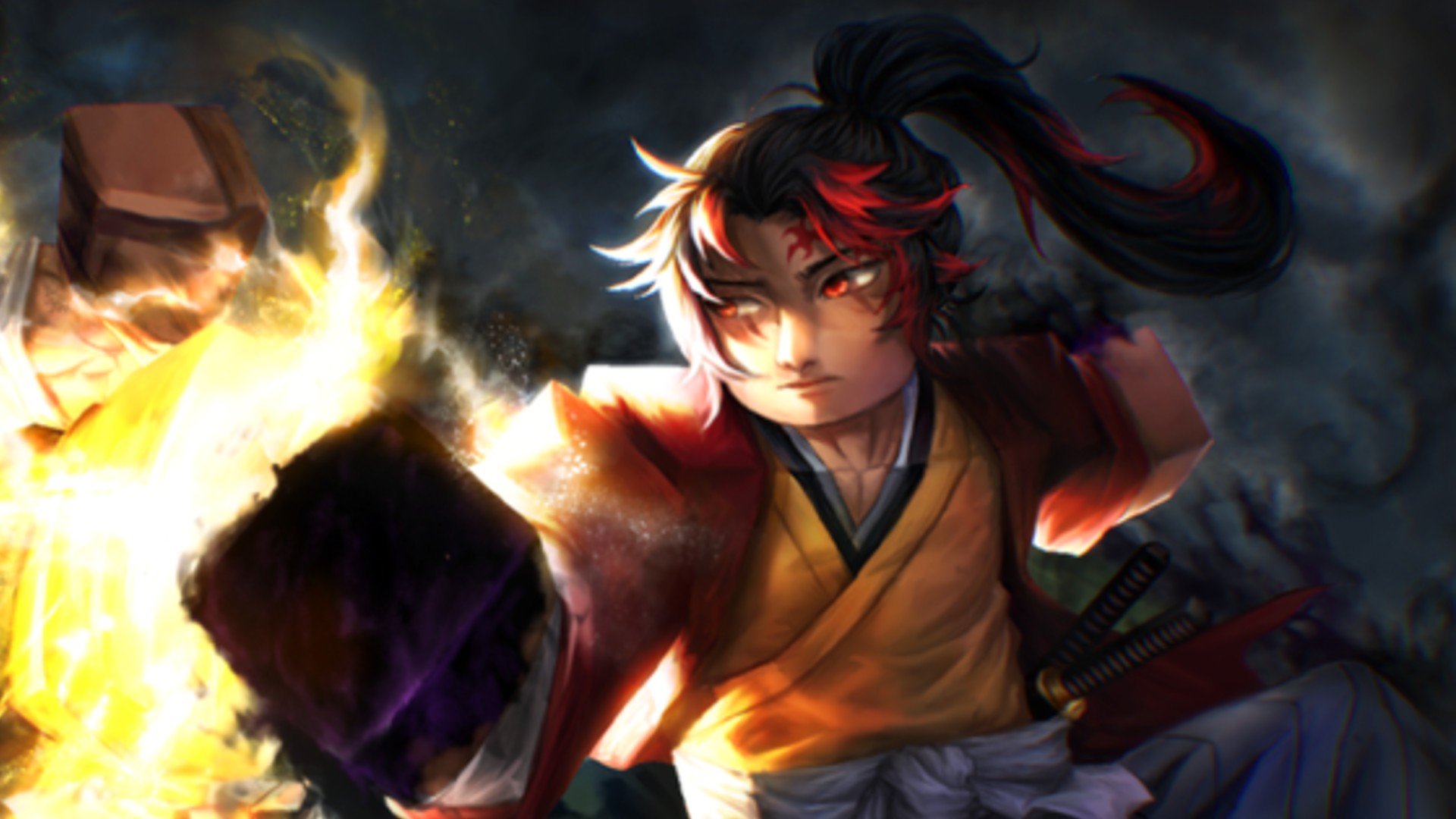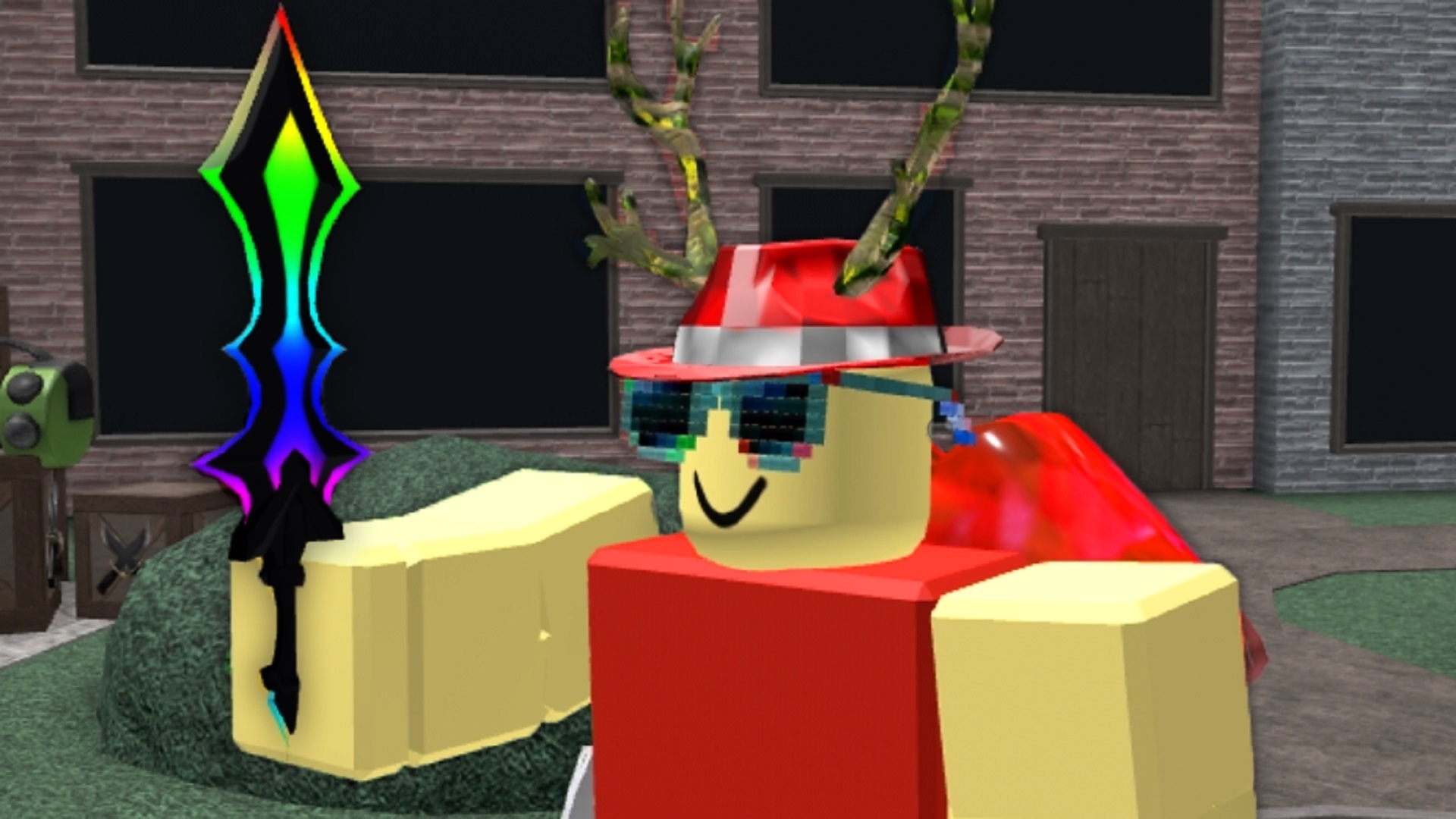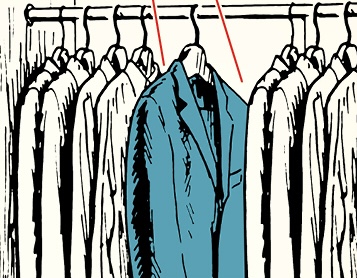The Last Cowboy Boot Masters of El Paso
On an otherwise quiet weekday morning in Segundo Barrio, a working-class neighborhood on the south side of El Paso, the tap, tap, tap of Jose Contreras’ hammer echoes from inside the blue warehouse on Cotton Street. With silver nails clamped between his lips, the 61-year-old uses a special pair of pliers to tug a shaft of red leather over a wooden shoe form and tap it into place. At a workbench nearby, Victor Rodriguez squints as he coaxes one side of a boot top beneath the needle of an antique Singer sewing machine, creating a flame-shaped stitch in clean white thread. It’s a skill Rodriguez learned from his father more than half a century ago in their home on the opposite bank of the Rio Grande, in Ciudad Juárez, Mexico. "These guys are some of the best in the world," says Joey Sanchez, owner of the boot company CABOOTS, whose family has employed Contreras and Rodriguez for more than 30 years. But when he looks around the tiny shop on Cotton Street—littered with scraps of leather and patrolled by a black and white alley dog called Chicho—he can’t help but remember the way it used to be. "When I was a kid, this place was loaded with bootmakers. We had four cutters there, two lasters there, and more finishers back there," he says, recalling the racket created by their hammers, sanders, and sewing machines. "It sounded like a casino in here." Today, Contreras and Rodriguez aren’t just the only bootmakers in the shop—even in their early 60s, they’re among the youngest bootmakers left in the business. There’s a name for craftsmen like them, according to Sanchez. Agujas de oro, or Golden Needles, are artisans who still know how to make boots the old-fashioned way. Many have been doing it since they were kids, growing up near the United States-Mexico border. "Machines just don’t do it as well." Situated along the route of westward cattle drives during the late 19th century, El Paso bootmakers had access to plenty of leather, as well as an abundance of customers—cavalry fighting in the Mexican Revolution and cowboys, both of whom valued the style for its sturdiness and a high, underslung heel that stayed put in a stirrup. During the 20th century, as cowboy boots found a new home in rock 'n' roll and on the runways of the fashion world, El Paso remained the Mecca of custom cowboy boot production in the United States, turning out shoes that were increasingly more work-of-art than work-a-day, with ornate inlays, complicated stitch patterns, and dazzling paint jobs. "When people come to El Paso, they’re interested in two things," says Jose Sanchez, Joey’s dad whose own father founded the boot shop that would one day become CABOOTS back in 1928, "eating Mexican food and buying boots." But as big boot companies turned to laser cutting and computer stitching to streamline production and reduce costs, manufacturers in El Paso—where celebrities like Taylor Swift, Kendrick Lamar, and Chris Stapleton still arrive to pick out their flashy footwear—are struggling to replace these artisans when they retire or pass away. In fact, agujas de oro are in such high demand around the Texas border town that many of them work at more than one shop. At nearby Rocketbuster Boots, which looks more like an art gallery than a shoe shop, owner Nevena Christi says the finishers—the employees who stack and sand the boot’s leather heels—rotate around town like "guns for hire." That part of the process involves pushing a completely finished boot—which can take six months to complete and cost more than a used car—into a power sander. "They can’t make mistakes," Christi says. "They’re like diamond cutters." But some agujas de oro are permanent fixtures at Rocketbusters, like Pedro Sarmiento, who, like Jose over at CABOOTS, is a laster, meaning he attaches the upper part of a boot onto a last, a foot-shaped mold that gives a boot its final shape. It’s a job that requires the 77-year-old Sarmiento, hunched over on a low stool, to stretch and nail and shave the leather over and over as it slowly takes form, all the while ensuring the boot is straight and smooth on all sides. Each week, he finishes about three pairs of boots this way. Sporting his own pair of lace-up, anaconda-skin boots, Sarmiento says he learned the trade from his brother, when the two were growing up in Juarez. "I just needed to work," he remembers. "And I enjoyed the work." "Pete is a traditional craftsman," says Christi. "He does it, and he does it right. He’s not looking for a shortcut." She’s as complimentary about Raul Chavez, a topstitcher who’s manned the same Singer sewing machine at the shop for almost three decades. "Raul is Rocketbusters. He’s the master." Chavez learned the trade growing up in Juarez, threading his first needle at just nine years old. "I could barely touch the pedals," he says. Working on commission for bootmakers across the border, Chavez made about a dollar a week at first, but it wasn’t just the money that drew him. "I’ve

On an otherwise quiet weekday morning in Segundo Barrio, a working-class neighborhood on the south side of El Paso, the tap, tap, tap of Jose Contreras’ hammer echoes from inside the blue warehouse on Cotton Street. With silver nails clamped between his lips, the 61-year-old uses a special pair of pliers to tug a shaft of red leather over a wooden shoe form and tap it into place.
At a workbench nearby, Victor Rodriguez squints as he coaxes one side of a boot top beneath the needle of an antique Singer sewing machine, creating a flame-shaped stitch in clean white thread. It’s a skill Rodriguez learned from his father more than half a century ago in their home on the opposite bank of the Rio Grande, in Ciudad Juárez, Mexico.
"These guys are some of the best in the world," says Joey Sanchez, owner of the boot company CABOOTS, whose family has employed Contreras and Rodriguez for more than 30 years. But when he looks around the tiny shop on Cotton Street—littered with scraps of leather and patrolled by a black and white alley dog called Chicho—he can’t help but remember the way it used to be.

"When I was a kid, this place was loaded with bootmakers. We had four cutters there, two lasters there, and more finishers back there," he says, recalling the racket created by their hammers, sanders, and sewing machines. "It sounded like a casino in here."
Today, Contreras and Rodriguez aren’t just the only bootmakers in the shop—even in their early 60s, they’re among the youngest bootmakers left in the business. There’s a name for craftsmen like them, according to Sanchez. Agujas de oro, or Golden Needles, are artisans who still know how to make boots the old-fashioned way. Many have been doing it since they were kids, growing up near the United States-Mexico border.
Situated along the route of westward cattle drives during the late 19th century, El Paso bootmakers had access to plenty of leather, as well as an abundance of customers—cavalry fighting in the Mexican Revolution and cowboys, both of whom valued the style for its sturdiness and a high, underslung heel that stayed put in a stirrup. During the 20th century, as cowboy boots found a new home in rock 'n' roll and on the runways of the fashion world, El Paso remained the Mecca of custom cowboy boot production in the United States, turning out shoes that were increasingly more work-of-art than work-a-day, with ornate inlays, complicated stitch patterns, and dazzling paint jobs.
"When people come to El Paso, they’re interested in two things," says Jose Sanchez, Joey’s dad whose own father founded the boot shop that would one day become CABOOTS back in 1928, "eating Mexican food and buying boots."


But as big boot companies turned to laser cutting and computer stitching to streamline production and reduce costs, manufacturers in El Paso—where celebrities like Taylor Swift, Kendrick Lamar, and Chris Stapleton still arrive to pick out their flashy footwear—are struggling to replace these artisans when they retire or pass away. In fact, agujas de oro are in such high demand around the Texas border town that many of them work at more than one shop.
At nearby Rocketbuster Boots, which looks more like an art gallery than a shoe shop, owner Nevena Christi says the finishers—the employees who stack and sand the boot’s leather heels—rotate around town like "guns for hire." That part of the process involves pushing a completely finished boot—which can take six months to complete and cost more than a used car—into a power sander. "They can’t make mistakes," Christi says. "They’re like diamond cutters."
But some agujas de oro are permanent fixtures at Rocketbusters, like Pedro Sarmiento, who, like Jose over at CABOOTS, is a laster, meaning he attaches the upper part of a boot onto a last, a foot-shaped mold that gives a boot its final shape. It’s a job that requires the 77-year-old Sarmiento, hunched over on a low stool, to stretch and nail and shave the leather over and over as it slowly takes form, all the while ensuring the boot is straight and smooth on all sides. Each week, he finishes about three pairs of boots this way.

Sporting his own pair of lace-up, anaconda-skin boots, Sarmiento says he learned the trade from his brother, when the two were growing up in Juarez. "I just needed to work," he remembers. "And I enjoyed the work."
"Pete is a traditional craftsman," says Christi. "He does it, and he does it right. He’s not looking for a shortcut."
She’s as complimentary about Raul Chavez, a topstitcher who’s manned the same Singer sewing machine at the shop for almost three decades. "Raul is Rocketbusters. He’s the master."
Chavez learned the trade growing up in Juarez, threading his first needle at just nine years old. "I could barely touch the pedals," he says. Working on commission for bootmakers across the border, Chavez made about a dollar a week at first, but it wasn’t just the money that drew him. "I’ve always liked to sew, it’s one of my passions. I’ve left and done other types of work, but I always come back to this, because this is what I really enjoy."
For Jose Gomez, who works next to Chavez welting—or closing—boots and adding decorative stitching, learning to make boots at age 12 was the continuation of a family tradition. "Three generations back, they’re all shoemakers," he says. The 54-year-old touches hundreds of boots a year, but rarely wears them himself. "They’re too heavy," he says with a smile, "you get tired."

Across the table from Jose sits Manny, the Gomez family’s fourth generation to work in the boot business. Jose recruited his nephew to Rocketbusters after he finished high school. Today, Manny, 42, spends his days carving leather into every shape imaginable for the 350 or so custom boot orders the shop receives a year—steers, snakes, and lots of skulls among them—using store-bought blades he grinds himself. "They are different sizes for different tasks," he explains. "One for cutting, one for scything."
Twenty years in, Manny is still somewhat of a rookie in the boot world, but he doesn’t see a lot of younger people coming up behind him, he says. "I have two girls and three boys. None of them are interested in boots."
Chavez, whose own children work in trucking and landscaping, agrees. "I’m not sure why young people are not doing it," he says. "This is beautiful work."

Rocketbuster owner Christi strikes a more optimistic tone. She’s heartened by the number of young women—who now outnumber the men in her shop—that are entering the industry, including Lizbeth McFarland. A Panama native who loves to work with her hands, McFarland describes her job as "all the little details," adding the rivets, sequins, and rhinestones to nearly finished boots.
"In a world that keeps getting more and more generic, things that are unique stand out even more," Christi says. "People want unique things."
Back in the blue warehouse on Cotton Street, Jose Sanchez can’t help but eulogize. "Shoemakers are a dying breed," he says, nodding toward Rodriguez and Contreras, each preoccupied by the bit of leather in their hands. "You just can’t find guys like these anymore. All the stuff they do by hand, other people do with machines. But machines just don’t do it as well."
What's Your Reaction?









